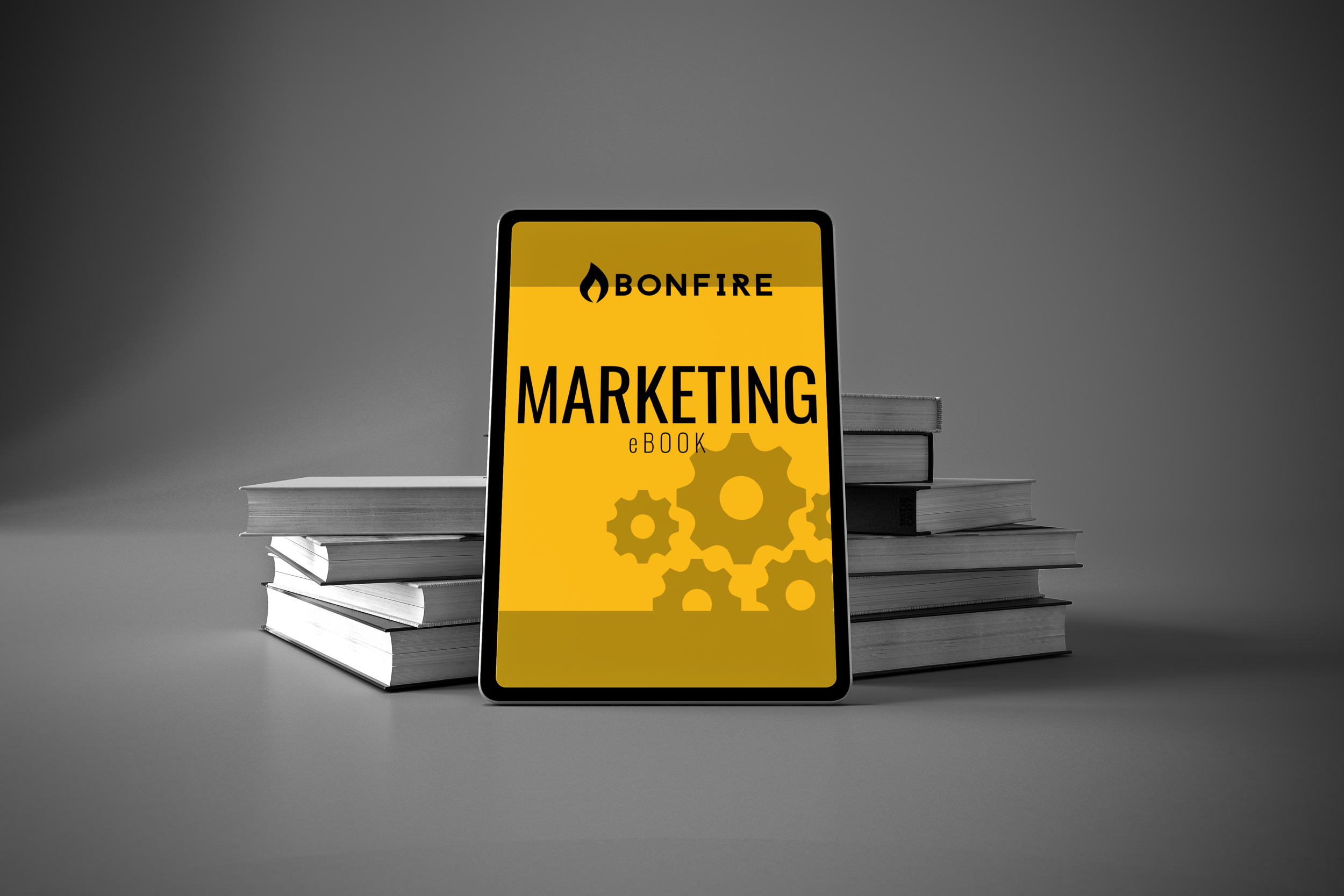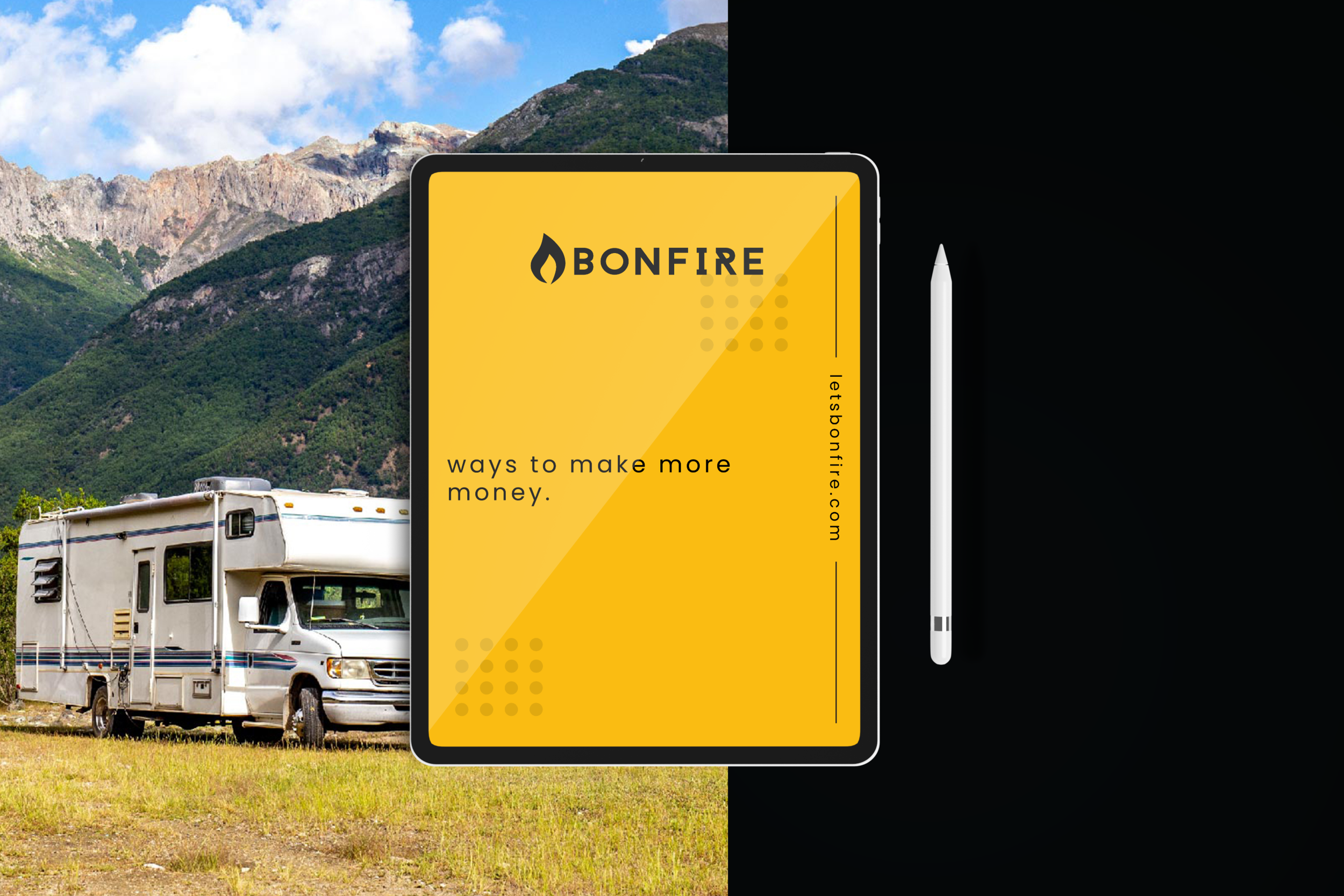As you dive into this blog, chances are good that your mind will turn to concrete examples of each type of camper. There’s the family that comes every summer. There’s the friendly woman who visits periodically throughout the year, and the recent retiree who you expect you’ll be seeing quite often. In other words, you’ve got your regulars.
But are you charging everyone the same? More to the point, are you maximizing the different payment features that software like ours provides you?
These are the kinds of questions you should be asking yourself, and by the blog’s end, we hope you’ll have answers. But first, let’s do a quick refresher on the two main categories of a camper.
Different kinds of campers
First, you have your long-term campers. These are the folks who live at your campground year-round. You probably know them pretty well, and maybe they’ve been staying with you for years and years. It might even be difficult to think of them as a customer. After all, that’s one of the best things about campground management: You can get to know people pretty well, and together, you create your own distinctive community. Nevertheless, they are indeed customers, and you want to ensure you are charging them fairly.
Second, you have your seasonal campers. Again, every campground is unique, but for many of our readers, these kinds of campers make up the bulk of their customer base. Typically, seasonal campers are families, young college kids, or retirees. But as we’ve mentioned in many of our recent blogs, the burgeoning popularity of camping means more and more people are venturing onto campgrounds for the very first time. That’s why it’s important to know your audience and their unique needs and wants. Today, we’re homing in on some specific details: namely, the best payment methods for these two key groups of campers.
Different strokes, different folks
Bonfire isn’t here to tell you how to manage your business; we just love to help when and where we can.
To that end, we’ve imbued our software with the capability to accept multiple forms of payment, including cash, check, credit card and direct deposits. This becomes especially valuable when you have long-term campers who have been staying on your campground for years. Even if you start using software like Bonfire years after their time on your campground has begun, neither you nor them have to miss a beat: You can keep using the same payment method you’ve been using all along. As you bring in new long-term campers, we recommend charging them differently than your seasonal campers. If you opt for a yearly rate, rather than multiplying your weekly rate by 52 or your monthly rate by 12, you could discount your typical weekly or monthly rate and then calculate a yearly rate based on that discount.
Managing these different kinds of payment nuances is seamless when you have software like Bonfire at your disposal. But that’s only one facet of the flexibility you should seek while selecting the right campground management software for you and your business.
One of the many things that make long-term campers so incredible is their reliability. Come rain, sleet or sunshine, you know they’ll be there. Seasonal campers, of course, are a little less predictable. This is where different kinds of deposits can be utilized to help protect your business while remaining fair to your campers.
For instance, reservation deposits might not be necessary for new long-term campers, but they are vitally important for seasonal customers such as fathers and sons or recent retirees who have decided to go camping for a long weekend. Deposit details will vary, but it’s common practice for these deposits to fall somewhere around the 50% mark of your total fee.
Further, when collecting these kinds of deposits, clear communication is key. Include a time period in which the full amount of your customers’ stay will be deducted and changed to a non-refundable deposit. 14 days prior to the stay is a good collection time, and with software like Bonfire, you can seamlessly manage these types of specific payment subtleties. We recommend treating your refund policies in a similar manner: You should outline the policy clearly on your website, but you should also work with campers when it’s clear that something beyond their control has affected their ability to visit your campground. A little flexibility can go a long way to building your brand as a caring, friendly campground.
One payment nuance that will absolutely apply to both types of campers is the security deposit. The collection date will vary, of course (you’ll probably only charge your long-term campers a one-time security deposit, while seasonal campers will pay this deposit each summer), but these types of payments can and should be baked into your agreements with customers when you use software like Bonfire.
Let’s Talk Strategy
Once you’ve developed a consistent pricing plan for these two major customer groups, you can then use those prices to convert your seasonal campers to long-term campers. Think about it: That father that takes his son to your campground every summer is a prime candidate for a long-term camper once his boys are grown. Likewise, those recent retirees who visited your campground a couple of times may be looking for a new place to settle down and enjoy their golden years with a scenic view. And speaking of scenic views, we recommend charging more for certain picturesque parts of your campground.
We get it: All of these details can be overwhelming. But here’s the good news: Software like Bonfire – and any other software worth its price – will make it easy for you to track your invoices and craft different pricing models for different kinds of customers. You can even use Bonfire to explore the efficacy of new amenities and determine what kind of campers are using them.
If you want to know more about Bonfire's easy-to-use, all-in-one campground management, and reservation software, please reach out to us at howdy@letsbonfire.com. To learn even more about different types of deposits, read our blog on that very topic.





